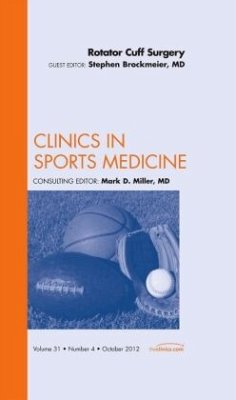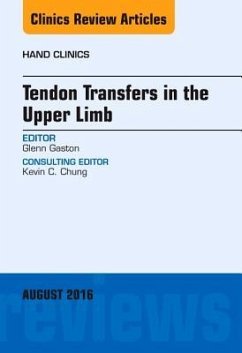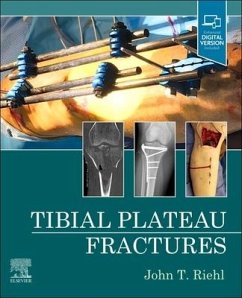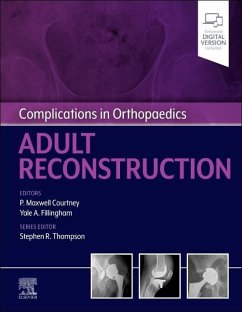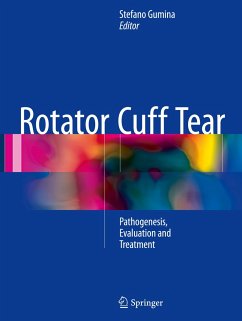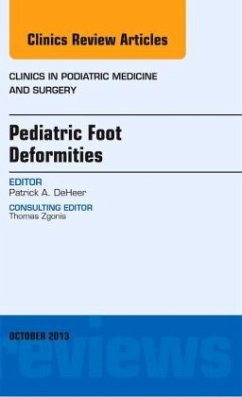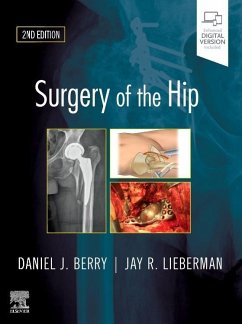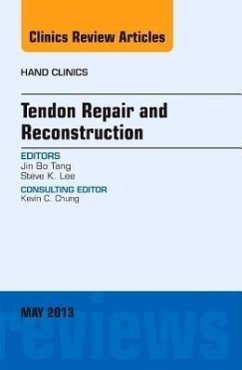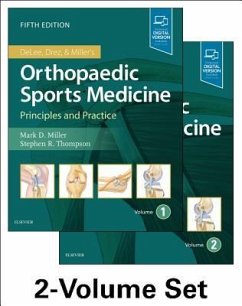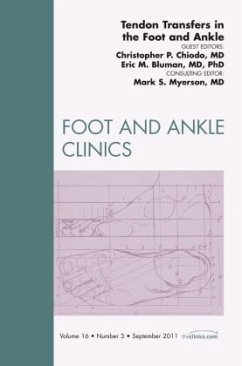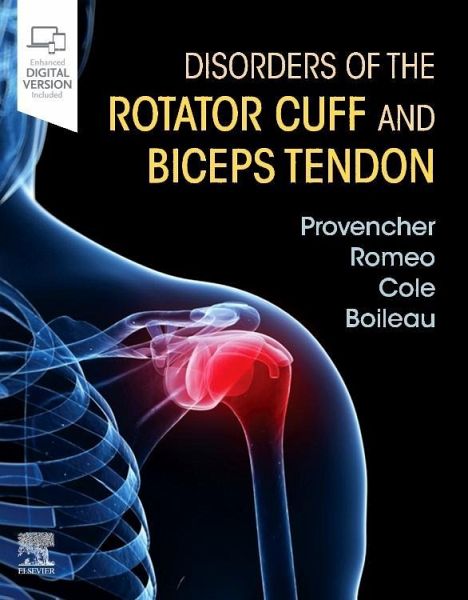
Disorders of the Rotator Cuff and Biceps Tendon
The Surgeon's Guide to Comprehensive Management
Herausgeber: Provencher, Matthew T; Verma, Nikhil; Boileau, Pascal; Romeo, Anthony A; Cole, Brian J
Versandkostenfrei!
Versandfertig in über 4 Wochen
275,99 €
inkl. MwSt.

PAYBACK Punkte
138 °P sammeln!
With a concise, expert focus on one of today's hottest topics in shoulder surgery, Disorders of the Rotator Cuff and Biceps Tendon provides thorough, up-to-date coverage of all aspects of this fast-changing area. This unique volume covers everything from physical examination and imaging workup to state-of-the-art treatment methodologies and clinical indications for operative techniques. Designed with the clinician in mind, it offers a comprehensive, well-illustrated approach in an easy-to-read format, supplemented by surgical videos created by leaders in the field. * Expert contributing author...
With a concise, expert focus on one of today's hottest topics in shoulder surgery, Disorders of the Rotator Cuff and Biceps Tendon provides thorough, up-to-date coverage of all aspects of this fast-changing area. This unique volume covers everything from physical examination and imaging workup to state-of-the-art treatment methodologies and clinical indications for operative techniques. Designed with the clinician in mind, it offers a comprehensive, well-illustrated approach in an easy-to-read format, supplemented by surgical videos created by leaders in the field. * Expert contributing authors describe every procedural step in a logical, methodical manner, offering clinical and technical pearls from personal experience. * Surgical techniques are written with the general orthopaedist in mind and include an emphasis on transitioning to all-arthroscopic techniques. * Coverage includes non-operative care, including an emphasis on rotator cuff and proximal biceps rehabilitation techniques, injections, and modalities. * Expert discussions include advanced arthroscopic rotator cuff repair techniques, revision surgery, and arthroplasty (hemiarthroplasty, total shoulder, and reverse shoulder arthroplasty) for failed cuff repair. * Unique! Includes salvage reconstruction techniques including tendon transfers, biologic patches, and emerging technologies. * More than 1100 high-quality illustrations include both original artwork and clinical photographs that accurately depict important aspects of each procedure for surgical management. * Before each surgical technique, quick-reference text boxes in bulleted format present guidelines for arriving at the associated diagnosis. * Ideal for orthopaedic surgeons, fellows, residents, and students in orthopaedic surgery as well as physical therapists, physician assistants and athletic trainers. * Enhanced eBook version included with purchase, which allows you to access all of the text, figures, and references from the book on a variety of devices.



